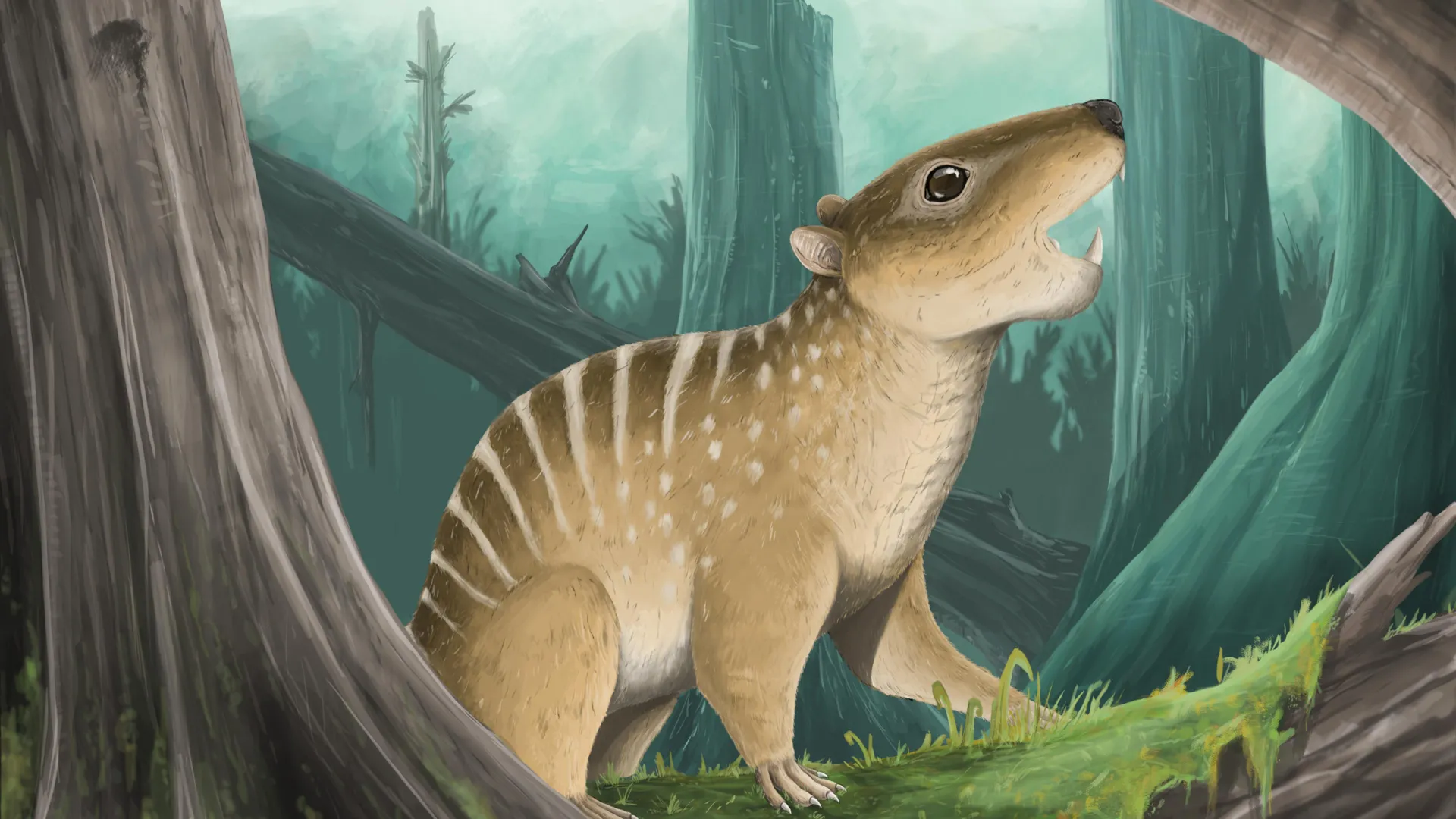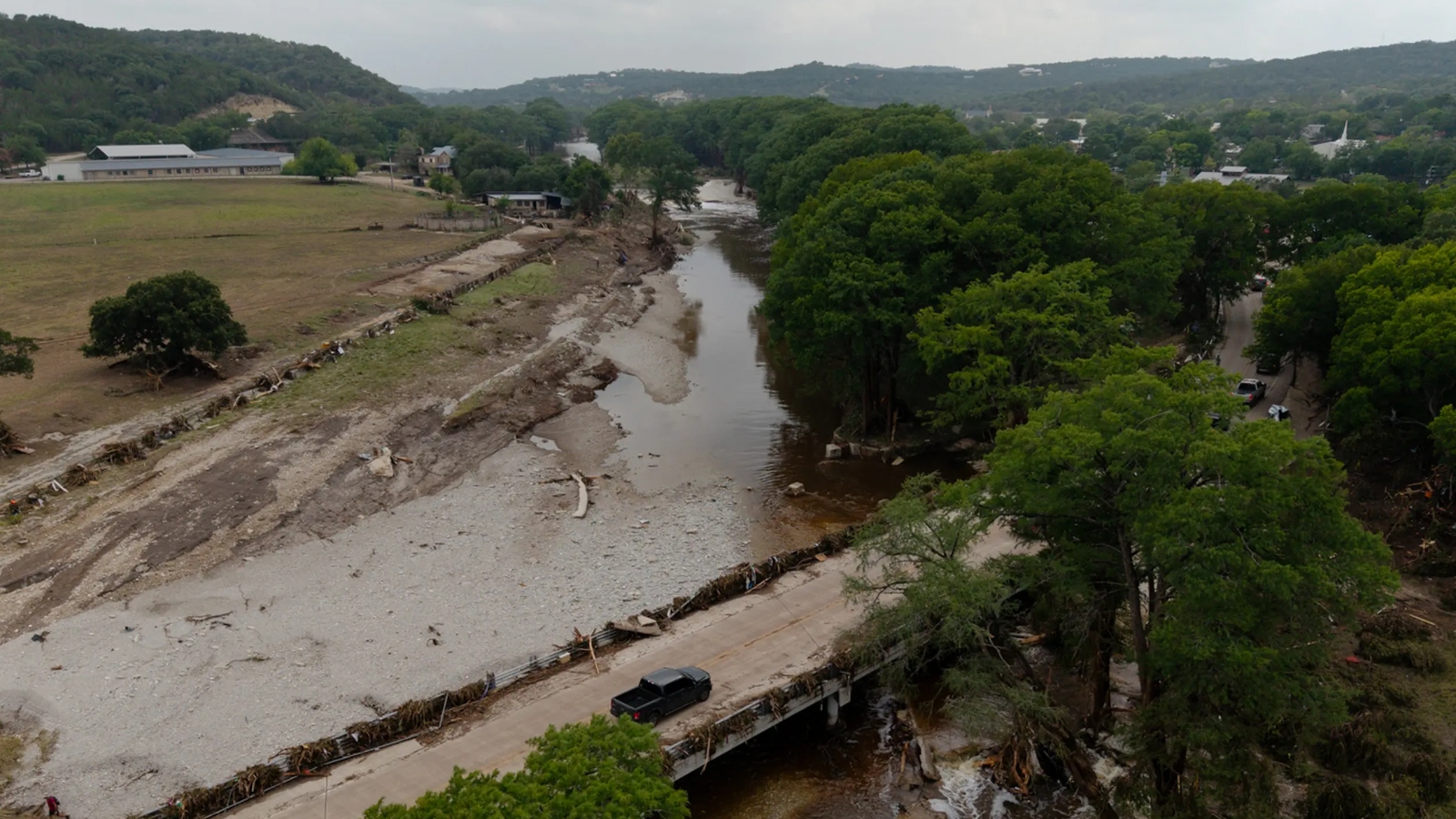Now Reading: Student Discovers Tiny Fossil, Reshaping Mammal History
-
01
Student Discovers Tiny Fossil, Reshaping Mammal History
Student Discovers Tiny Fossil, Reshaping Mammal History

Quick Summary
- A University of Portsmouth undergraduate student,Benjamin Weston,discovered a new species of prehistoric mammal dating back 145 million years to the Berriasian age during fieldwork at Durlston Bay near Swanage,Dorset.
- The fossilized lower jaw belongs to a newly identified species of multituberculate mammals called Novaculadon mirabilis, characterized by razor-sharp premolars adn pointed incisors.
- Advanced CT scanning technology was used to digitally isolate the fossil details within surrounding rock. A 3D replica was later created for further study without risking damage.
- Multituberculates are an extinct order of mammals that lived alongside dinosaurs and survived thier extinction but disappeared during the Oligocene period around 33 million years ago.
- The discovery highlights Portsmouth’s reputation in paleontological research and demonstrates how fieldwork contributes to scientific advancements.
- Artistic reconstructions suggest Novaculadon mirabilis may have been small, omnivorous, feeding on invertebrates like worms or insects with distinct feeding adaptations compared to modern rodents.
Indian Opinion analysis
The discovery underscores the importance of interdisciplinary collaboration and technological innovation in advancing scientific understanding. For India, home to several rich fossil sites such as Gujarat’s sedimentary basins or Madhya Pradesh’s dinosaur fossils from Jabalpur, similar efforts could enhance national paleontology programs while cultivating global academic partnerships. Moreover, India’s growing interest in STEM education could be inspired by such hands-on learning approaches adopted by institutions like Portsmouth.
This case also highlights how undergraduate fieldwork can play a crucial role in contributing to notable discoveries-a model universities across India could replicate for nurturing future scientists while bolstering regional ecological knowledge. Additionally,advanced imaging tools like CT scanners demonstrate how blending engineering with biology aids precision research-a potential area for India’s interdisciplinary initiatives under programs such as Digital India or Atmanirbhar Bharat campaigns focusing on scientific infrastructure progress.
Read more: Science Daily Article
























